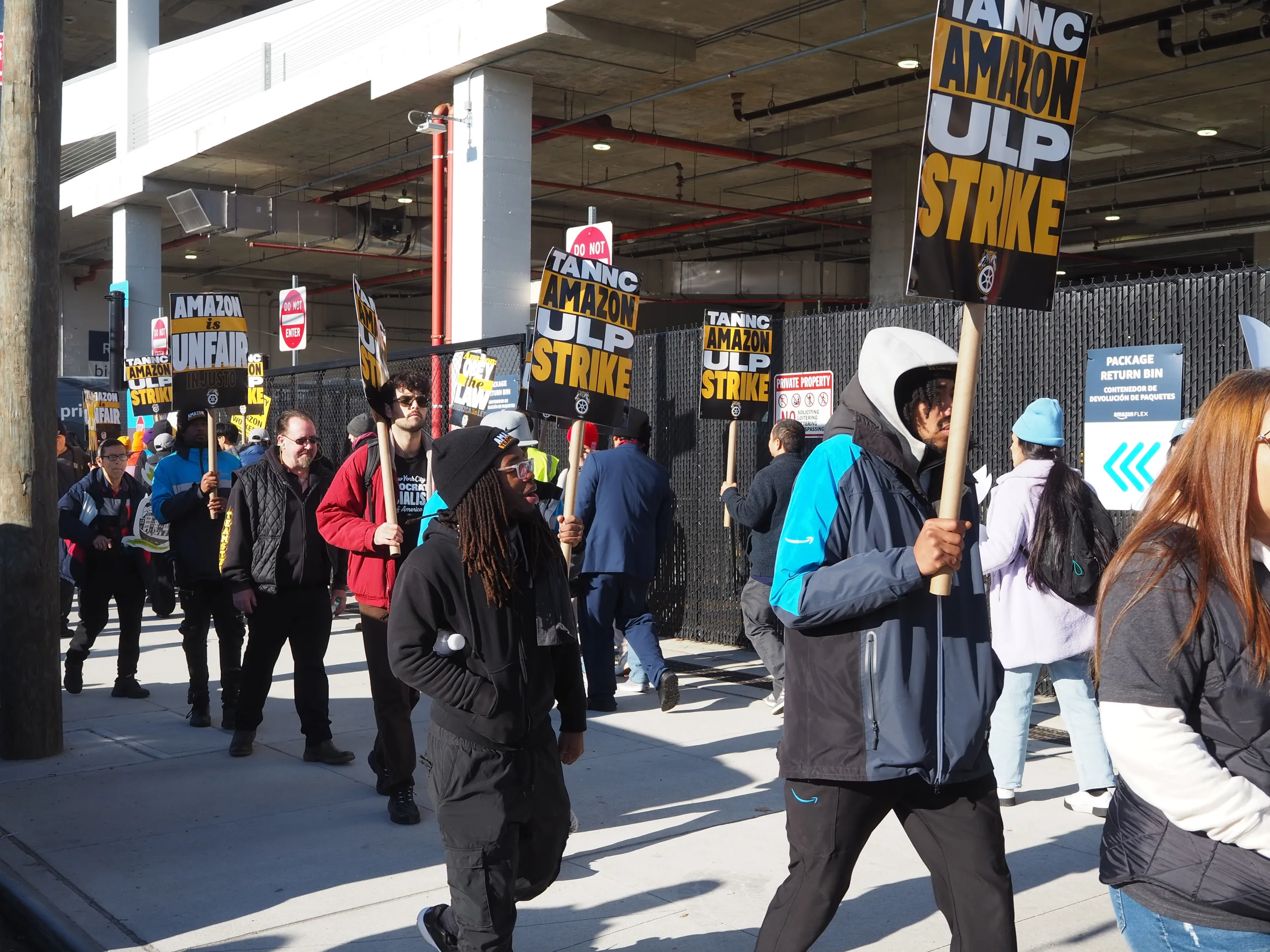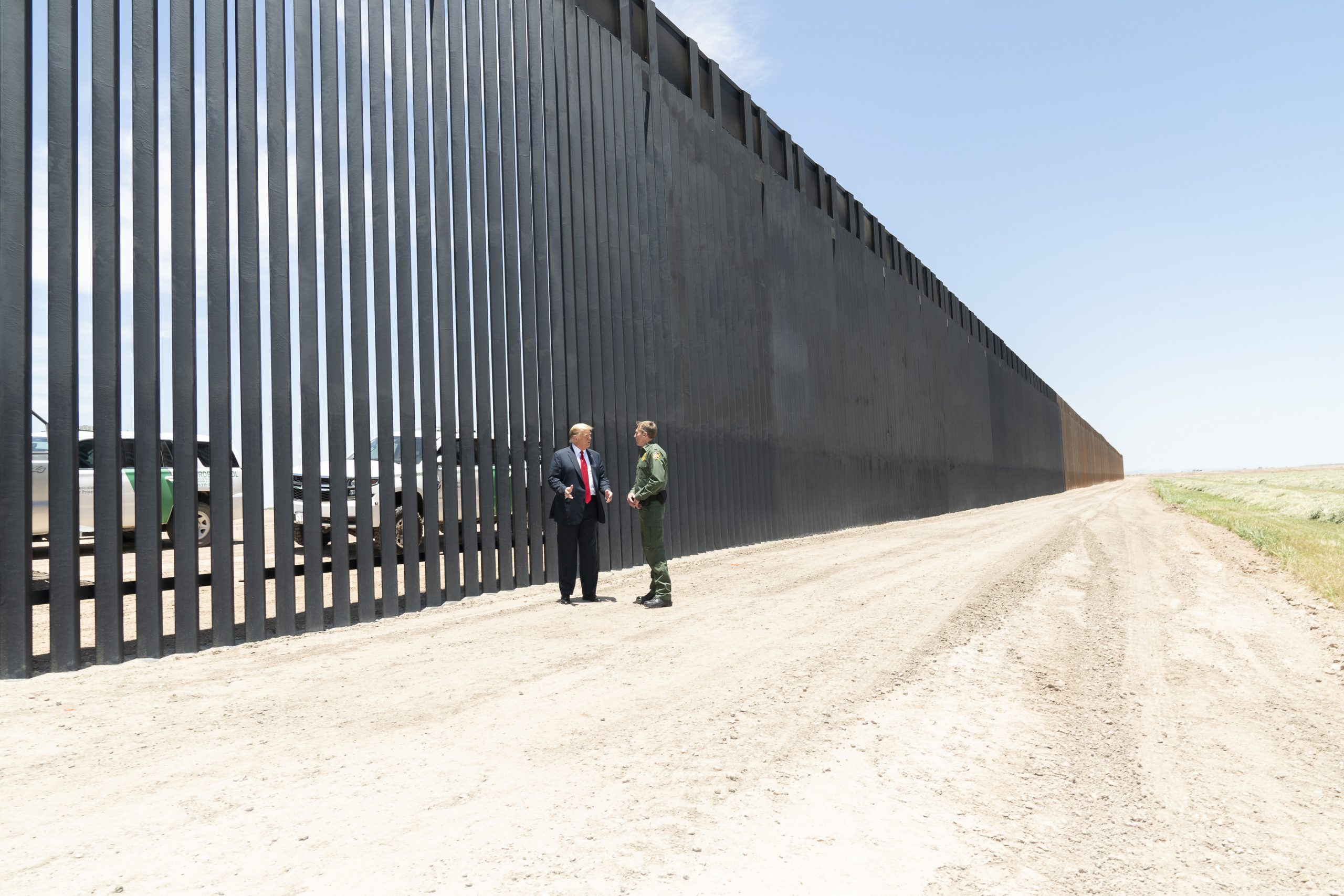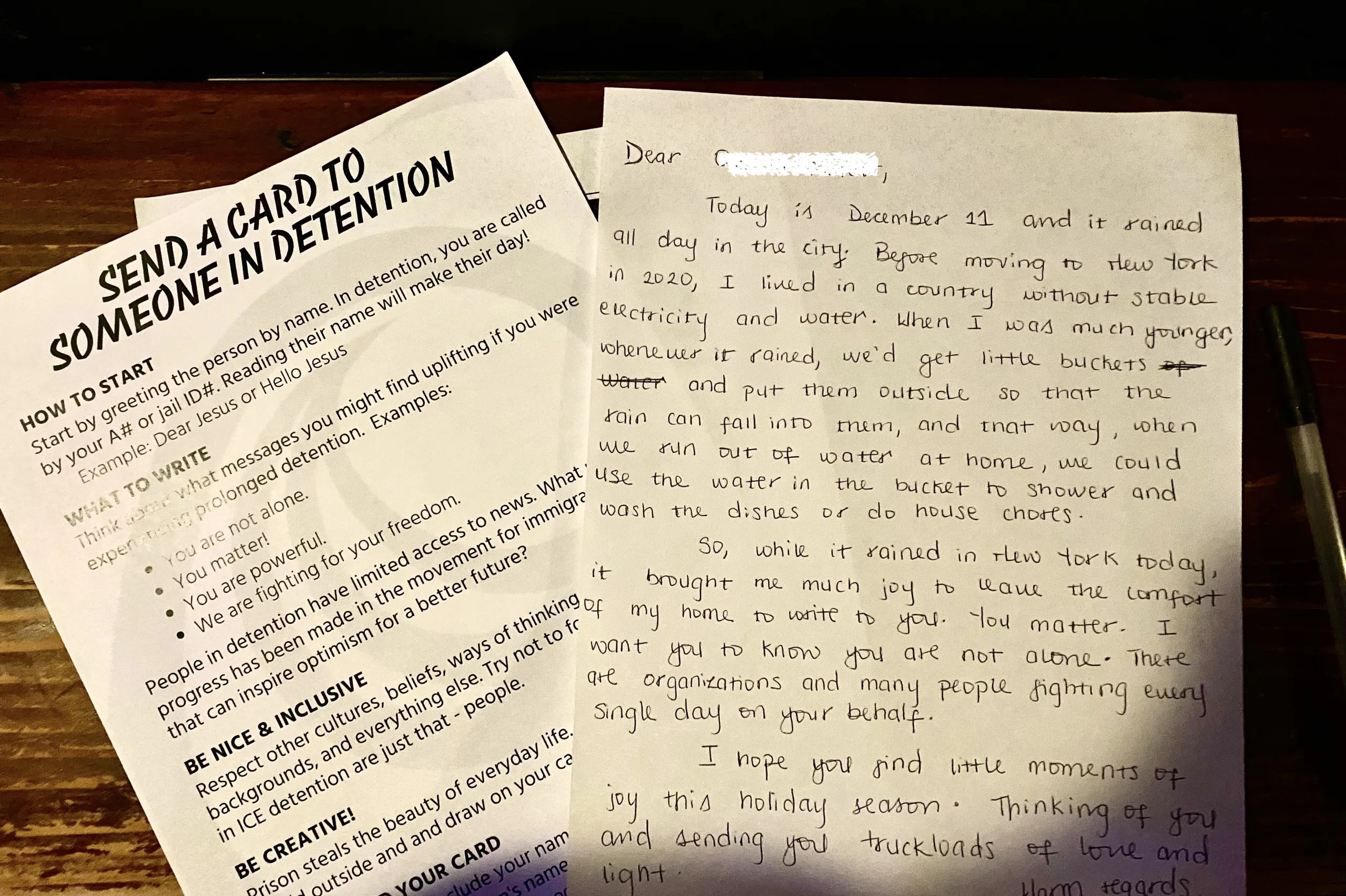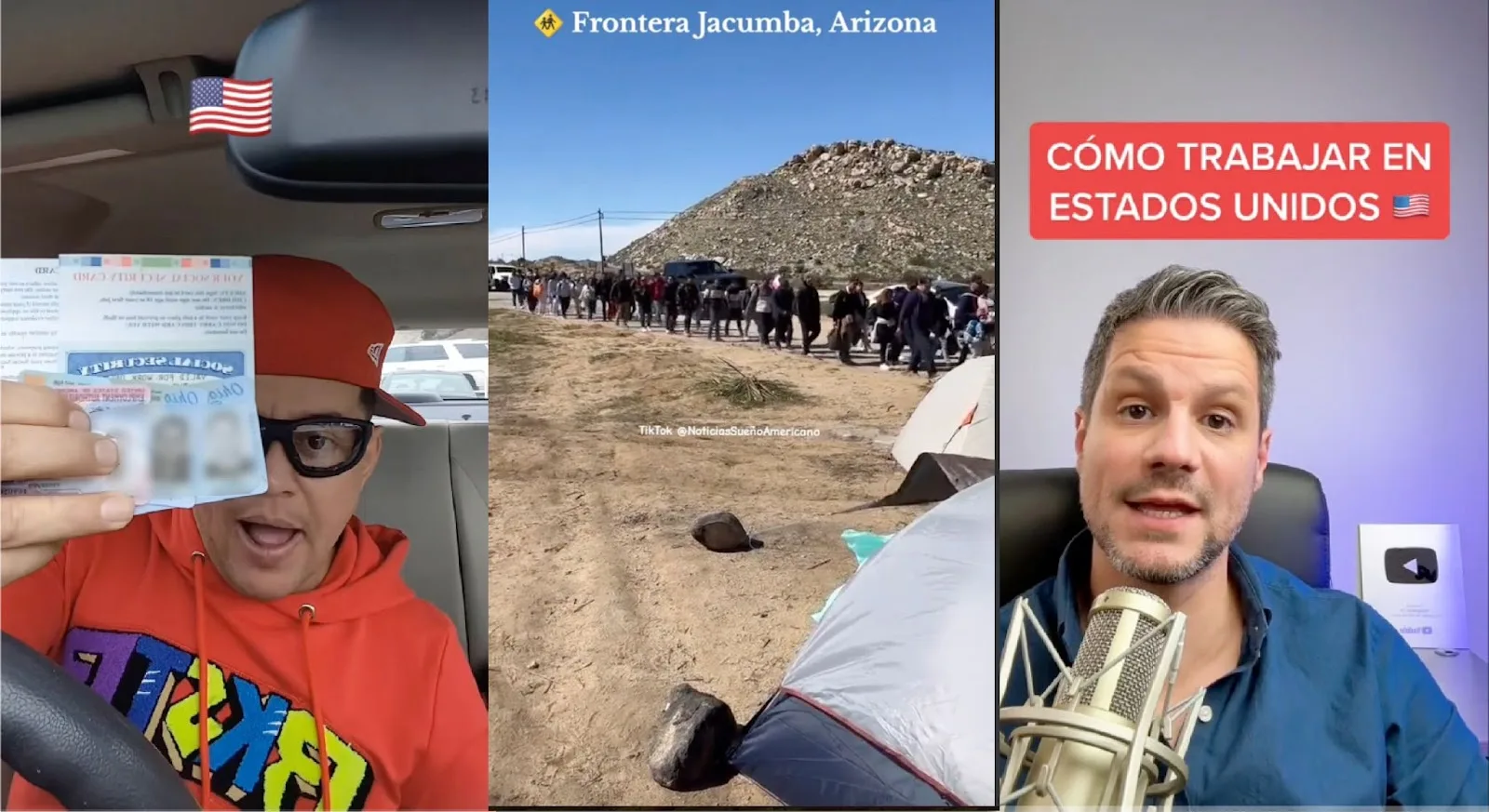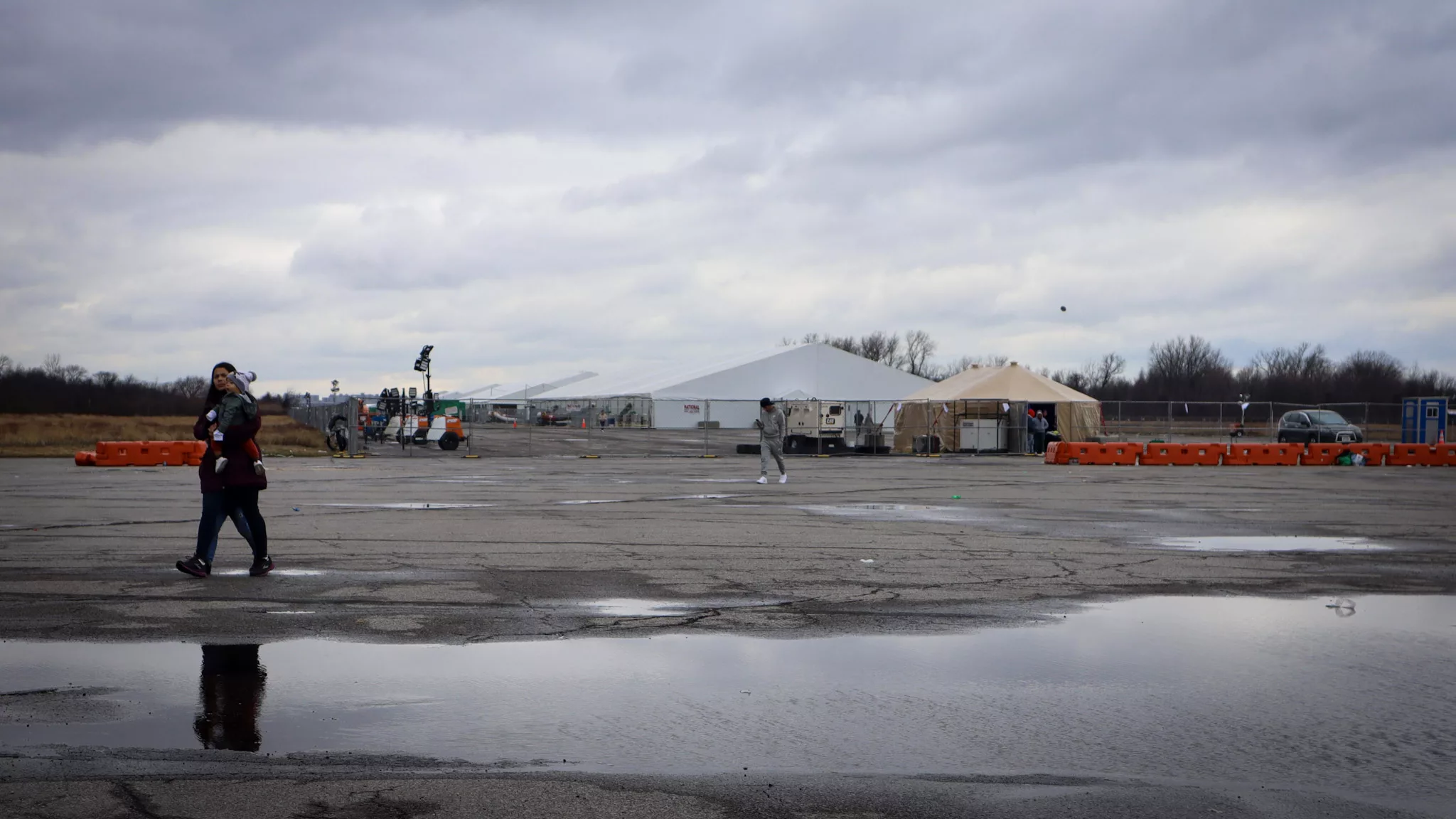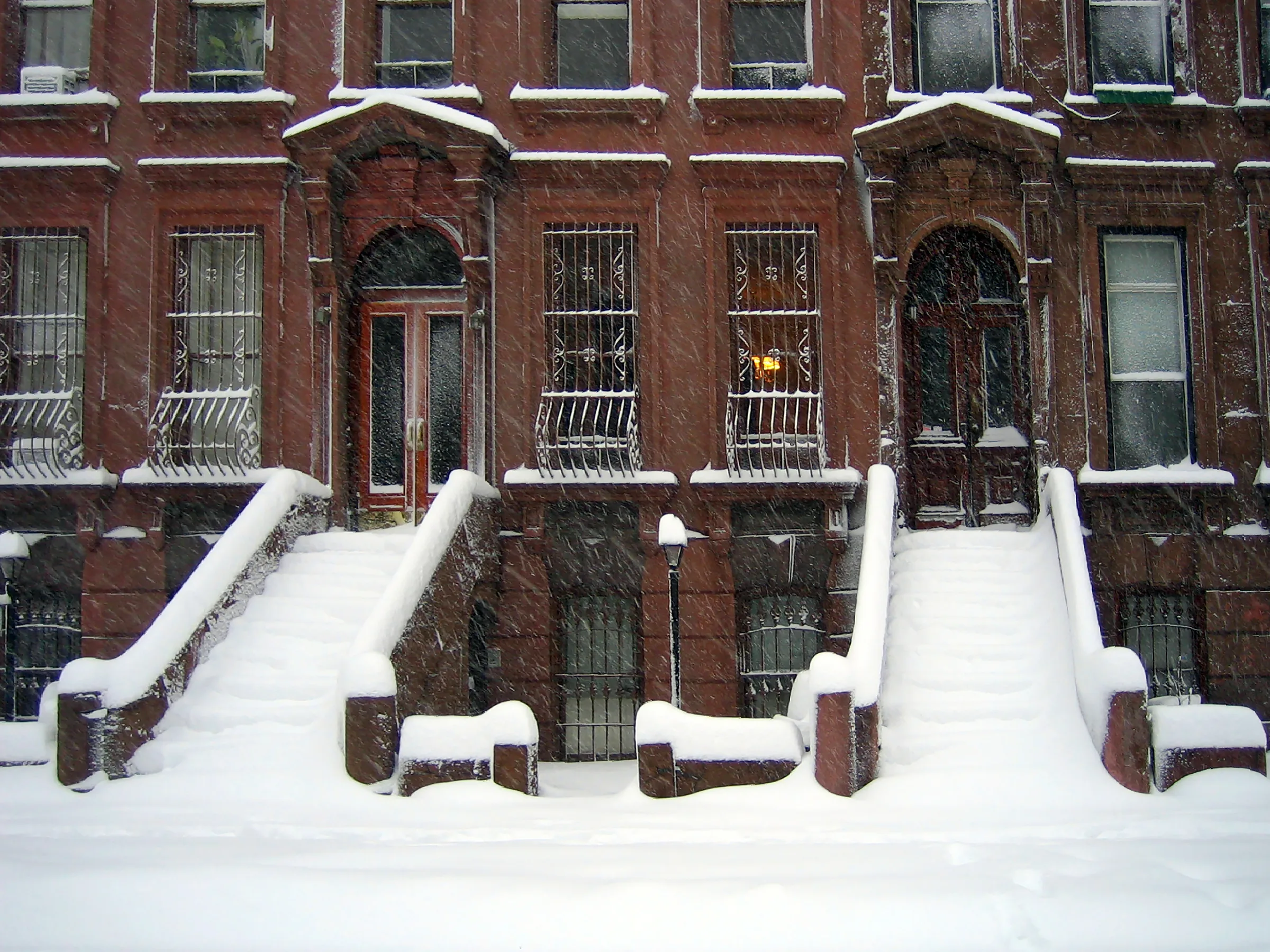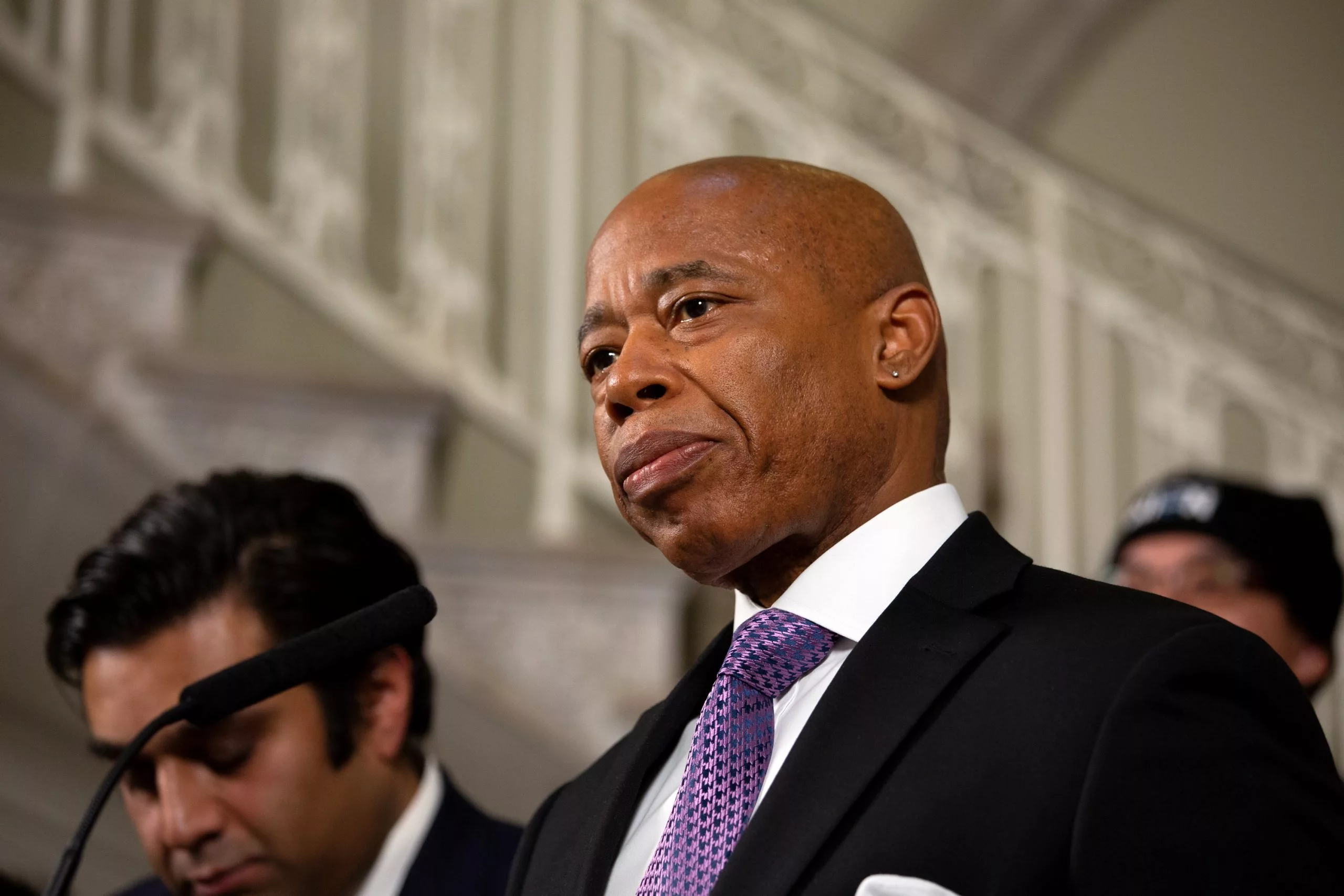Achintya Sharma was flying to New Delhi, India, when President Joe Biden announced a ban on travel from India to reduce the spread of a COVID-19 variant that has ravaged the country since March.
Sharma was making the emergency trip home for his father’s funeral. He was at work in his office in New York City when he learned that his father, Surendra Kumar Sharma, was on a ventilator. Hours later, his father died of a cardiac arrest.
To re-enter the States, Sharma, who works in the U.S. on an H1-B visa, which is issued to highly skilled workers, would need to visit an American consulate in India for a stamp on his passport. The risk of a consular officer denying him that stamp was miniscule, Sharma thought, especially compared to the heartache of not attending his father’s funeral.
But when he landed, Sharma learned about Biden’s new travel ban. His H1-B visa fell under the ban — and U.S. Consulates in India, crippled by Covid-19, were hardly functioning.
Sharma is not alone. Hundreds of Indian employees working in the U.S. who rushed to India for COVID-19-related family emergencies are now indefinitely stranded there, caught in a perfect storm of a presidential travel ban, drastically reduced diplomatic services for the past year, and stringent rules that do not reflect their true immigration status. Many have lived in the States for years and are on a legal path to citizenship. The travel ban ignores this fact. In anguished messages on social media apps like Twitter and Telegram, they protest that this is unfair.
Also read: ITIN Delays Are Keeping Undocumented Workers From Relief Funds
Sharma’s employer has petitioned the U.S government for a permanent resident card for him — commonly called a green card. Thousands of others, mostly Indian nationals who arrived after the 90’s tech boom, have long been approved for green cards filed by their employers, but are stuck on a massive waiting list at the U.S. State Department. Many wait for decades, even lifetimes, for final approval. A 2018 USCIS report says that 75% of all H1-B visas issued in 2017 went to Indian nationals.
While they live in limbo for years in the U.S., the young children they brought here turn 18 and age out of green card eligibility, requiring them to leave the U.S. or stay on as undocumented residents. Previous administrations’ efforts to address this situation through legislation have failed.
A change.org petition with over 8,700 signatures, asks that visa holders who returned to India during the pandemic be allowed to return to the U.S. Siva, from Princeton, New Jersey, has not seen his wife, a manager at a multinational company, since she visited India to care for her mother in February. Siva preferred to withhold his last name and his wife preferred to go unnamed while her visa is pending.
A U.S. consular officer in India did not approve her visa. Instead, he issued her a ‘white slip’ at an April interview, indicating an indefinite delay while her visa is processed. The travel ban exempts individuals with U.S citizen children and spouses. But their 5-year-old son, who is home with Siva, is Indian-born.
“We pay taxes, like U.S citizens,” said Siva. “I understand that the government wants to protect Americans, but does our child miss his mother less because he is not American?”
A federal lawsuit brought by AILA, the American Immigration Lawyers Association, and three private firms, in response to Trump-era travel bans that were not being lifted by President Biden, has been amended to include the travel ban for India. It challenges the legality of the State Department interpreting the ban by not issuing visas. A request for summary judgement will be filed next week, said co-counsel Charles Kuck.
Also read: What Happens if You Overstay Your Tourist Visa Due to Covid-19?
Had their green cards not been backlogged, Siva’s wife and others like her, would have been exempt from the India travel ban.
Ashu Mahajan has been waiting for a green card since 2012. He flew to New Delhi when his father was hospitalized with COVID in April. His father died a few days later. Like Sharma, Mahajan too needed a stamp on his passport to return to the States. But when he received an appointment for a visa interview, it was for February 2022.
Eventually, his senator, Bob Menendez (D-NJ), intervened with the State Department to expedite his interview, on the grounds that he has an American-born daughter. He was reunited with his family in New Jersey on May 23. But senators cannot intervene for everyone, and scheduling visa interviews has been a technical nightmare for those who need them.
A U.S. Embassy spokesperson in New Delhi did not reveal the number of H1-B interview applications made in recent months and said that routine visa appointments, including for students, were cancelled. Requests made by temporary workers – a reference to H1-B visa holders – were being considered but could not be immediately accommodated because of safety concerns, according to the spokesperson.
Also read: How Trump Made Legal Immigration Harder
Chris Richardson, a former consular officer with the Obama and Trump administrations, said that consulates are too under-staffed after Trump-era hiring freezes to ramp up visa services. The State Department announced last July that it was expecting up to $1.4 billion in losses and visa-related fees.
“It’s not just India, officers everywhere are struggling to keep up and consulates are broke,” he said.
Fifty days after her interview, Siva’s wife has not heard back about her visa.
“When will she be back? It’s a million dollar question,” says Siva, ruefully. After several emails, a cancelled interview and discussions with lawyers, Sharma qualified for an exception to the ban because he works in critical infrastructure. According to Attorney Charles Kuck, these exceptions are narrow in scope.
Also read: Immigration Lawyers Wait for Biden Administration to Fulfill Promises
“People deserve a legitimate explanation,” he said, referring to a provision in the ban that, inexplicably, exempts Indian students and tourists.
Trump’s budget cuts were intended to limit legal immigration, he said, but President Biden has done precious little to correct this.
“Here’s one way of looking at it,” he said. “Trump used Covid to stop legal immigration. Biden is using legal immigration to slow down Covid. Same result, same policies, different reasons, that get you to the same place.”


